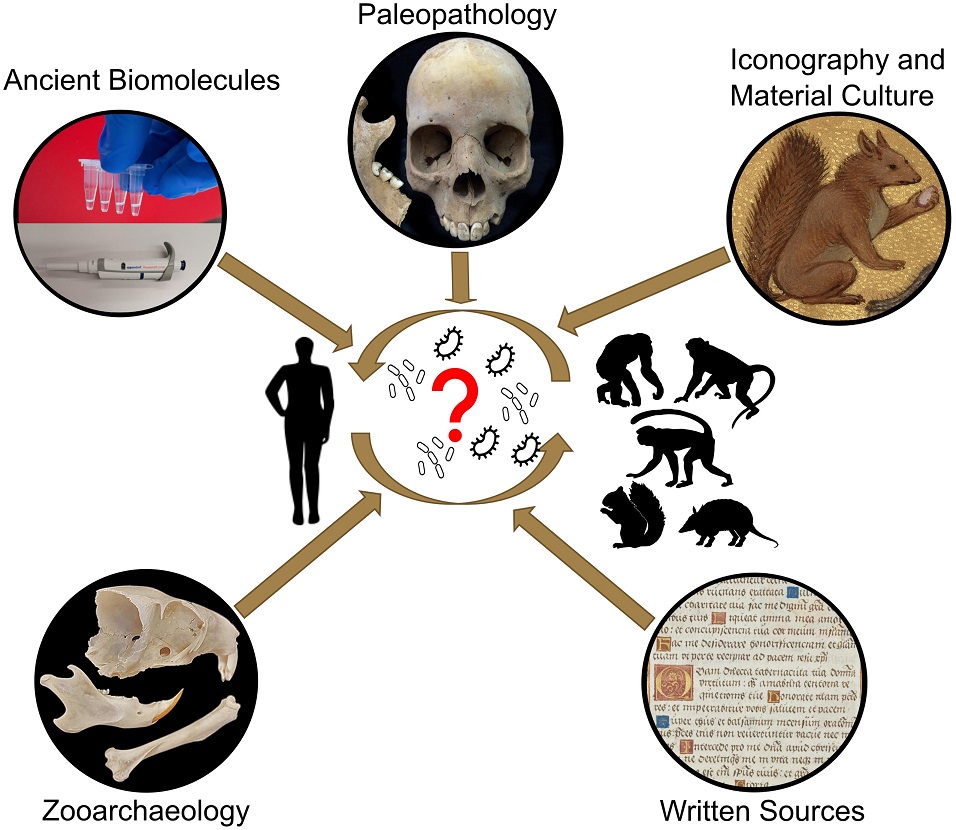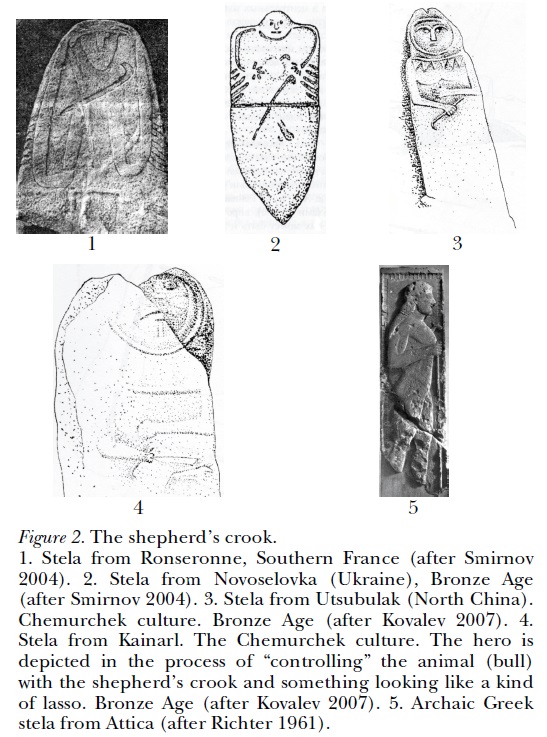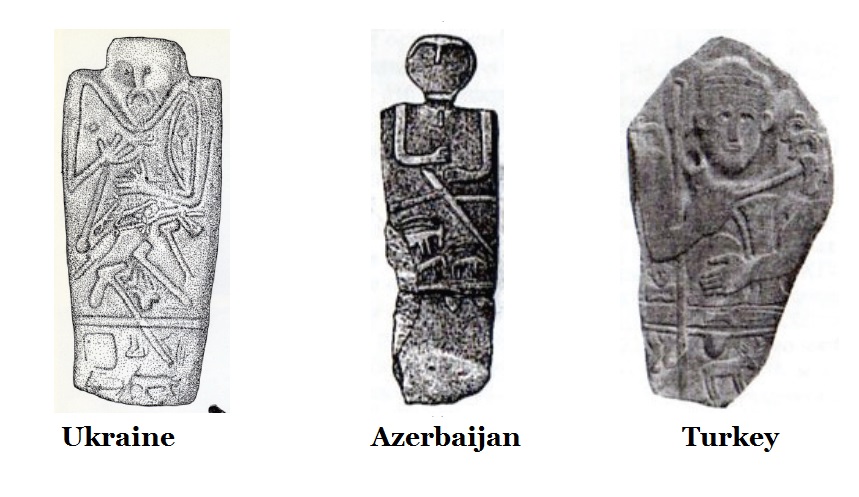Antiquity and Peopling of the Deccan – an Ancient DNA approach – RUSA project – from Archaeology to Technology (3)

Paddy known in 2020 and husk thereafter in the excavations: The details given by the leading dailies (The Hindu, Times of India, Deccan Herald) continue as follows: When the MKU teams informed that the excess production of rice prompted the settlers to set sail in the seas to far-away land that are chronicled in several literature, the ASI report, which is yet to be made public, such reports were in circulation in the media. Therefore, it is evident that the excavators or some persons were leaking out findings partly, partially or otherwise for sensation or publicity. While carbonised paddy was found on the stratified surface at Agaram, it was found in an offering pot at Sivagalai[1]. These are to be sent to labs for carbon dating and identification of the grains – whether they are rice or millet or any other type of grain, and whether they were local grains or imported grains, as this will throw more light upon the life of the people during that period[2]. It may be recalled that it was the carbon dating done on a carbonised paddy grain in Sivagalai, which helped determine the age of the Porunai River civilization to 3200 years old, dating to 1155 BC[3].

Husk or hull of paddy of rice or millet – to be decided: However, it can be noted that the word paddy is used and it is related to rice only. Detailed analyses of plants and soil from Keeladi, a Sangam-era archaeological site near Madurai in Tamil Nadu, have shown that surplus production of rice in the area might have paved the way for the increase in trade 2,000 years ago, even as artefacts unearthed show that an industrialized urban civilization existed on the banks of River Vaigai[4]. However, certain researchers have already concluded this point and started publishing their papers also. The above finding by the French Institute of Pondicherry will be part of the final report of the first two phases of excavation at Keeladi, 12 km southeast of Madurai, conducted by the Archaeological Survey of India (ASI) in 2014 and 2015[5]. As many as 5,800 artefacts were unearthed during the first two phases, but the ASI withdrew from the excavations after it announced that there was no “significant finding” in the third phase.

The press reporting was intriguing: The Tamil Nadu State Department of Archaeology (TNSDA) took over in 2017 and has conducted five phases of excavation so far. It is likely to launch the ninth round next year. Sources in the know told (Deccan Herald) that analyses conducted by a leading palaeontologist for the past few months have concluded that there was surplus rice production in and around Keeladi. “Artefacts found from Keeladi have indicated that trade ties flourished between inhabitants of Keeladi and other countries in the form of coins and other items. And the results of the analyses serve as further proof of the trade ties, and excess rice production played a crucial role,” the source added. Archaeologists who worked in Keeladi at different times told DH that overwhelming evidence of industries based on beads and terracotta having existed there were unearthed in the past eight years. “Surplus rice production might have flourished those industries as the inhabitants set out in the sea to unfurl their flag in far-away nations,” another source said. Here, that, “leading palaeontologist” has not been named and the “source” not revealed, yet, all these are appearing in the public domain.

Genetics liking Tamil merchants with Mesopotamia: Few researchers have already started publishing papers about the existence of Tamil merchants at Mesopotamia based on genetic interpretation[6]. They conclude, “Taken together, our mtDNA analysis shows that mtDNAs of these ancient Mesopotamians probably originated from Indian merchants. This, thus rules out the hypothesis that these samples comprise an ancient component (Upper Paleolithic) of macrohaplo group M involved in the founding of the Mesopotamian civilization. Therefore, the present study sheds new insights on the understanding of the origins of ancient Mesopotamian macrohaplogroup M lineages and the influence of Indian-Tamil merchants to Mesopotamian gene pool during trans-oceanic trade.” Had the “Dravidians” included Telugu, Kannada, Malayala and other languages, then, such merchants must have also existed there. Perhaps, soon such claims be added.

The date of the rice husk awaited: The findings are significant as carbon dating of artefacts found in the fourth phase date back to 600 BCE, pushing the Sangam Era behind by three centuries than it was thought and making it contemporaneous with the Gangetic Plains Civilisation of north India. Rice husks found in burial urns at Konthagai, the burial site of Keeladi, over the three phases have also been sent for DNA analysis[7]. It may be noted that rice husks found in an urn in Sivagalai, another excavation site, dated back to 3,200 years[8] or 1155 BCE. Refusing to share any details, ASI’s Superintending Archaeologist Amarnath Ramakrishna told DH in December 2022, that the report on the first two phases of the Keeladi excavation was in the final stages and is likely to be completed in a couple of months. “We have finished 90% of the work, but the report compilation is taking time. The diagrams are ready, and they have been incorporated into the report. We are exercising utmost caution and not rushing because of the sensitivities attached to the issue. One thing I can assure you is the report will be comprehensive,” Ramakrishna said.

The gap between IVC and Sangam to be narrowed down: The second source quoted said 23 samples have been sent for carbon dating analysis to Beta Analytical Lab in Florida, US and other institutes in the country and added that results of almost all of them have arrived except for a few. Nearly 18,000 artefacts, including over 2,200 from the latest phase, have been unearthed from Keeladi, bearing testimony to the rich urban life ancient Tamils had lived, thereby providing further archaeological evidence to the Sangam Literature. The archaeological findings have created a buzz with researchers and archaeologists in Tamil Nadu, calling them significant as they “narrow down” the gap between the Tamil urban settlements and the Indus Valley Civilisation (IVC). However, they say “more evidence” should be forthcoming, while experts outside Tamil Nadu say there is no link between Keeladi and IVC. The latest excavation phase has led to the discovery of several artefacts, including dice made of ivory, an ivory gamesman, an iron knife, an antimony rod, copper pendants, ring wells, structures, rectangular-shaped ivory dice, beads, and terracotta figurines. The dating of all recovered objects have not been revealed.

Harvard Medical School, US experts at Madurai February 2023: Tamil Nadu’s first Ancient DNA Lab at the Madurai Kamaraj University has opened its doors for a team from the world-renowned David Reich Lab to assist it in extracting DNA from 30 human samples collected from burial urns unearthed during excavations with “minimal damage” as part of the efforts to provide scientific evidence to archaeological findings[9]. The team led by Kendra Sirak[10], Senior Staff Scientist at David Reich Lab of the prestigious Harvard Medical School, US, is camping in the temple town of Madurai since February 13 2023, to help the new lab analyse the samples collected from Konthagai, Sivagalai, Adichanallur, Mayiladumparai, and Kodumanal[11]. Konthagai is the burial site of Keeladi, the urban habitation site that is believed to have existed between 800 BCE to 300 CE as per a recent report submitted by Archaeological Survey 2014 and 2016. The new date derived by the ASI pushes the Sangam Era behind by another 500 years than it was earlier thought to be.

Migration and admixture of races: Whether one or three, 50, 100 or more than 100 experts on the genetic studies, they come back to the same race hypotheses and theories. One such >100 experts summarize[12], “By sequencing 523 ancient humans, we show that the primary source of ancestry in modern South Asians is a prehistoric genetic gradient between people related to early hunter-gatherers of Iran and Southeast Asia. After the Indus Valley Civilization’s decline, its people mixed with individuals in the southeast to form one of the two main ancestral populations of South Asia, whose direct descendants live in southern India. Simultaneously, they mixed with descendants of Steppe pastoralists who, starting around 4000 years ago, spread via Central Asia to form the other main ancestral population. The Steppe ancestry in South Asia has the same profile as that in Bronze Age Eastern Europe, tracking a movement of people that affected both regions and that likely spread the distinctive features shared between Indo-Iranian and Balto-Slavic languages.”
© K. V. Ramakrishna Rao
19-06-2024

[1] The Hindu, Carbonised paddy from excavations could shed more light on a variety of activities in Iron Age, say experts, T. K. Rohit, Published – September 08, 2020 12:16 pm IST – CHENNAI
[2] https://www.thehindu.com/news/national/tamil-nadu/carbonised-paddy-from-excavations-could-shed-more-light-on-a-variety-of-activities-in-iron-age-say-experts/article32549834.ece
[3] Times of India, Tamil Nadu: Paddy husk found in burial urn at Keeladi, TNN / Updated: Sep 17, 2022, 08:49 IST
[4] Deccan Herald, 2k yrs ago, surplus rice boosted trade in Keeladi, ETB Sivapriyan DHNS Last Updated : 18 November 2022, 00:38 IST DHNS Last Updated : 18 November 2022, 00:38 IST.
[5] https://www.deccanherald.com/india/2k-yrs-ago-surplus-rice-boosted-trade-in-keeladi-1163389.html
[6] Palanichamy, M. G., Mitra, B., Debnath, M., Agrawal, S., Chaudhuri, T. K., & Zhang, Y. P. (2014). Tamil merchant in ancient Mesopotamia. Plos one, 9(10), e109331.
[7] Times of India, Tamil Nadu: Paddy husk found in burial urn at Keeladi, TNN / Updated: Sep 17, 2022, 08:49 IST.
[8] https://timesofindia.indiatimes.com/city/chennai/paddy-husk-found-in-burial-urn-at-keeladi/articleshow/94258143.cms
[9] Deccan Herald, Harvard team helps Tamil Nadu lab with ancient DNA extraction and analysis, ETB Sivapriyan DHNS Published 16 February 2023, 22:51 IST; Last Updated: 17 February 2023, 09:38 IST DHNS Last Updated : 17 February 2023, 09:38 IST.
[10] Kendra Sirak, Senior Staff Scientist – https://reich.hms.harvard.edu/people/kendra-sirak
[11] https://www.deccanherald.com/india/harvard-team-helps-tamil-nadu-lab-with-ancient-dna-extraction-and-analysis-1191996.html
[12] Narasimhan, V.M., Patterson, N., Moorjani, P., Rohland, N., Bernardos, R., Mallick, S., Lazaridis, I., Nakatsuka, N., Olalde, I., Lipson, M. and Kim, A.M., 2019. The formation of human populations in South and Central Asia. Science, 365(6457), p.eaat7487.
Filed under: arya, bio anthropology, bone, brahman, Brahmi, Brahmi potshred, Brahmi script, brahmin, caste, chromosome, date, dating, dead, death, DNA, Dramila, Dravida, Dravidam, dravidar, Dravidi, Dravidian, dravidian model, dravidian monkey, emigration, epigenetics, ethnicity, ethnology, ethnos, evidence, evolution, forensic, forensic anthropologist, forensic anthropology, forensic expert, fossil, fossilized, gender, gene, genetic studies, genetic stutudies, genetics, genography, geo-archaeology, geoarchaeology, Harappa, historian, indology, indus script, indus symbol, indus valley, iron age, K. Amarnath Ramakrishna, Keeladi, language, linguistics, linguistuic study, material evidence, mesolithic, methodology, micro fossil, micro-fossil, micro-organism, microfossil, miscegenation, neolithic, New Chronology, objectivity, Oesteology, paleobotanical research, paleolithic, paleontology, patriarchal, phylogeny, pictogram, politics, race, racialism, racism, Rigveda, sangam, sangam literature, sangam period, script, Sind, sivapithecus, siwalik, skeletal remain, skeleton, skull, skull export, smelt, smelting, tamil, Tamil Brahmi, tamil chauvinism, Tamil inscription, Tamil manuscripts, tamil monkey, tamil sectarianism, tamil separatism, tamili, tamilnadu, tamizhi, tradition, transmigration, tribal, tribe, Turkistan, uncivilized, update, updating, Veda, vedic chronology, vegetarian, virtual, xenophobia | Tagged: archaeological-excavation, archaeology, arya, aryan, aryan blood, aryan invasion, aryan myth, aryan problem, aryan race, aryanism, bio-genetics, Dramila, dravid, Dravida, Dravidam, dravidan, Dravidar, Dravidi, Dravidian, dravidian model, dravidian race, dravidian stock, dravidianism, Dravidians, epigenetics, gene, genetic studies, genetics, history, India, travel | Leave a comment »













